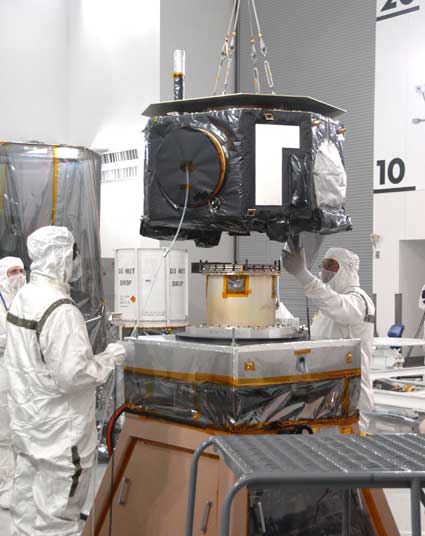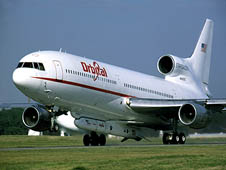The Pegasus XL rocket launches big things in small packages.
IBEX Launch
Launch Control Center
Prepare for the Mission
-

Test Your Knowledge
Find out if you've got the right stuff to plot the course for future space missions.
› Take the Quiz
Multimedia
-

Rocket Science 101
Assemble a Delta II or Atlas V rocket from main engine to payload fairing!
› Build a Rocket
-

Launch Services
Why launch anything into space?
› View This Video

